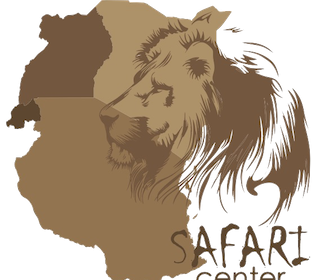Videos of Lamu hotels, resorts, apartments and villas
Articles by V
Videos of lodges and camps in Mara
Frequently Asked Questions About Zebra in Kenya
Frequently Asked Questions About Maasai in Kenya
Frequently Asked Questions About Lion in Kenya
Frequently Asked Questions About Hot-Air Balloon in Kenya
Frequently Asked Questions About Giraffes In Kenya
Frequently Asked Questions About Game Drive in Kenya
Frequently Asked Questions About Elephants In Kenya
Frequently Asked Questions About Crocodiles In Kenya

